CONTENTS
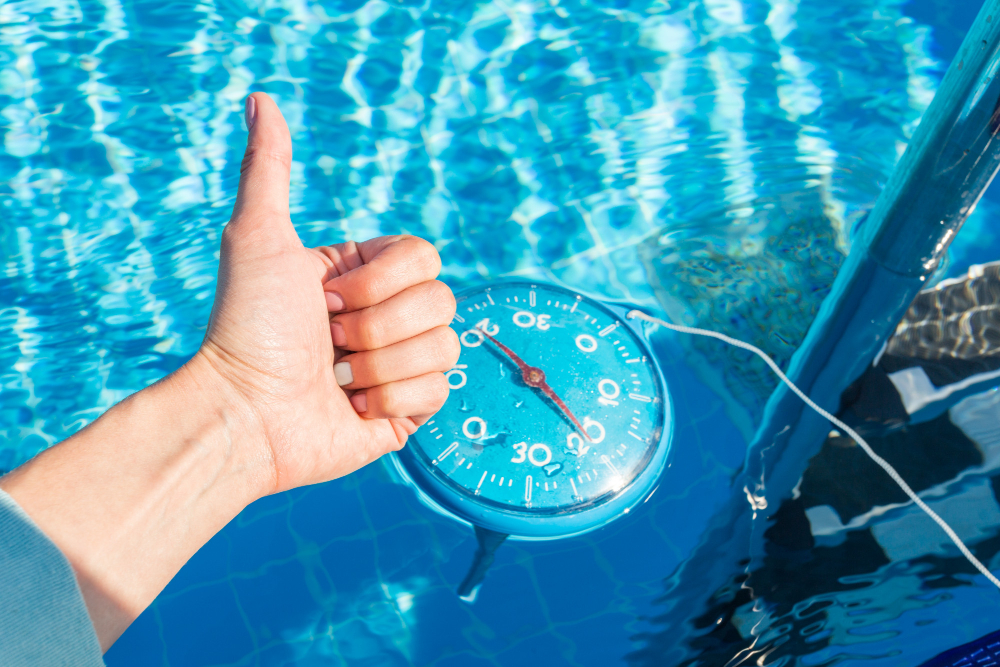
The Ultimate Guide on How to Shock a Pool Safely and Effectively
Maintaining a sparkling, clean, and safe swimming pool is every pool owner’s dream. To achieve this, one of the essential tasks you need to master is pool shocking.
Regularly shocking your swimming pool not only helps eliminate bacteria and algae but also ensures crystal-clear water, inviting a refreshing dip on a hot summer day.
This article walks you through the process of how to shock a pool. From understanding what pool shock is to the steps to do it, you’ll find all the information you need to ensure your pool remains fresh!
What is Pool Shock?
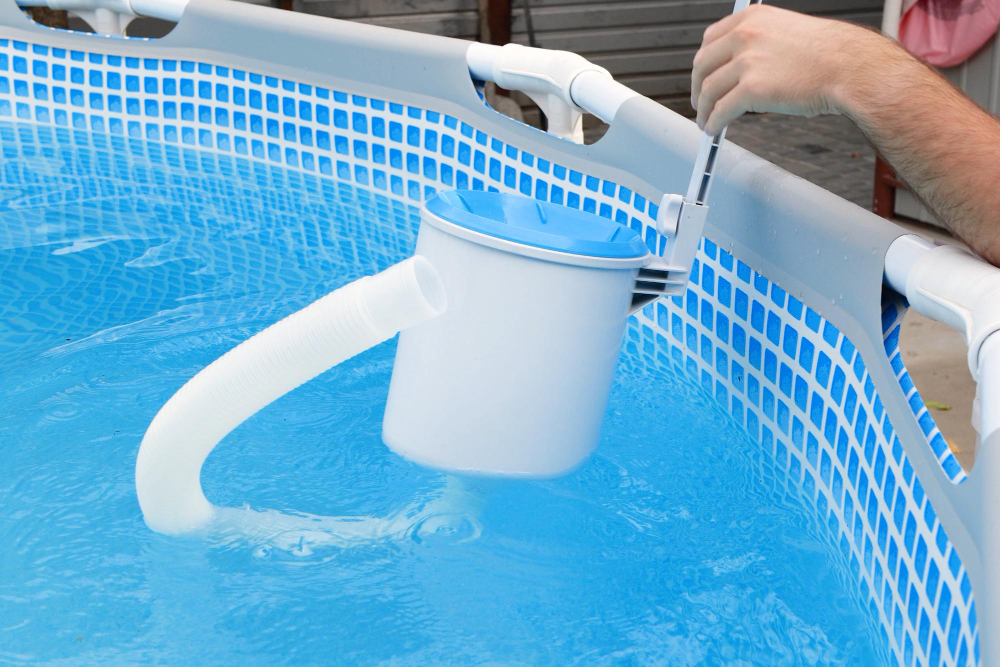
Pool shock is an essential part of pool maintenance, requiring the addition of pool chemicals to your pool to ensure it is free from contaminants and has the right pool water chemistry.
Like the water filter system, The primary objective of shocking is to purify the pool water and get rid of bacteria, algae, and other dangerous microorganisms that might have gotten into the pool. Pool chemicals help balance the water chemistry so your pool stays safe, clean, and healthy.
How to Shock a Pool
Shocking your pool might seem daunting, but it becomes a breeze with the right knowledge and a step-by-step approach. Here’s how you can safely and effectively shock your pool:
Test The Pool Water
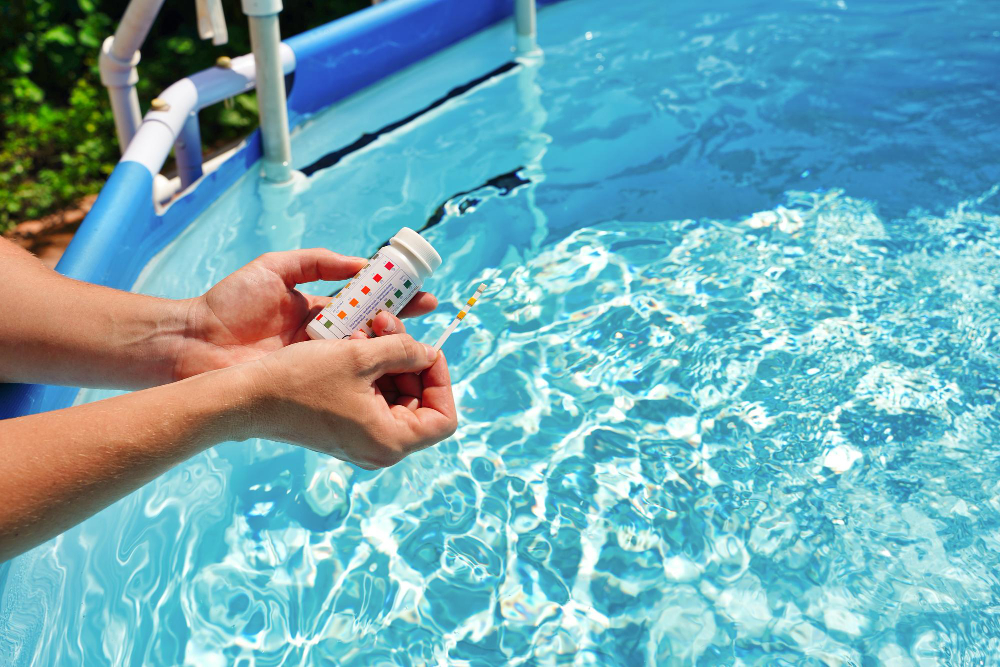
Before you start, you should test your pool water to determine its current chemical balance. You can use test strips or a digital tester to measure parameters like pH, chlorine levels, and total alkalinity. This step is crucial as it helps you determine the shock treatment needed.
Circulate the Water and Add Pool Shock
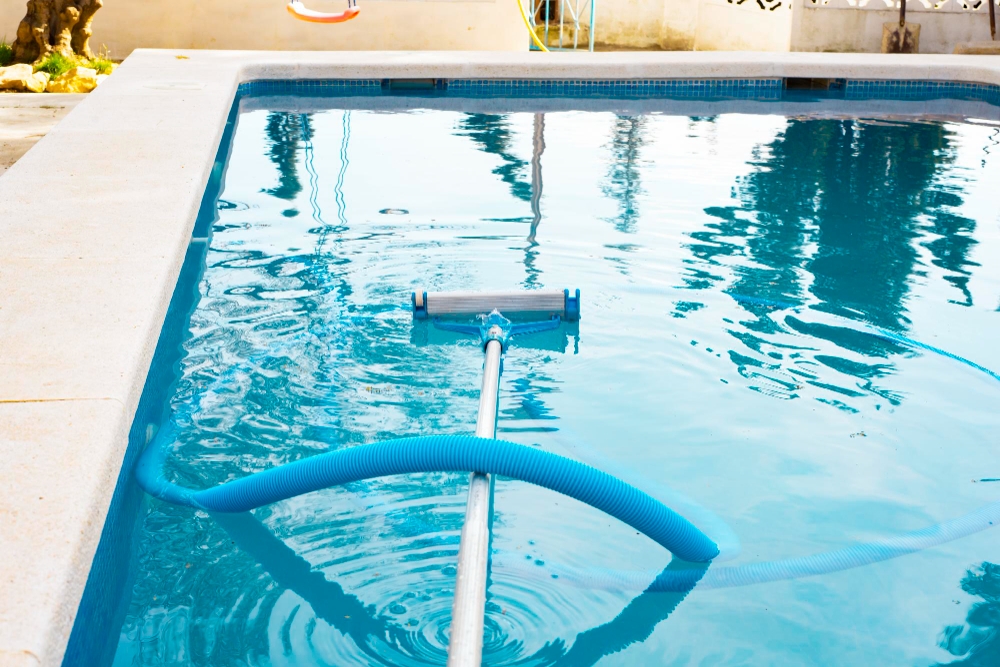
Begin by switching on your pool pump and letting it run for a while to mix the chemicals in the pool evenly. Then, follow the directions on the label of your pool shock product very carefully. Remember to wear safety gear like gloves and goggles when dealing with these pool shock chemicals.
Add Pool Shock To Water
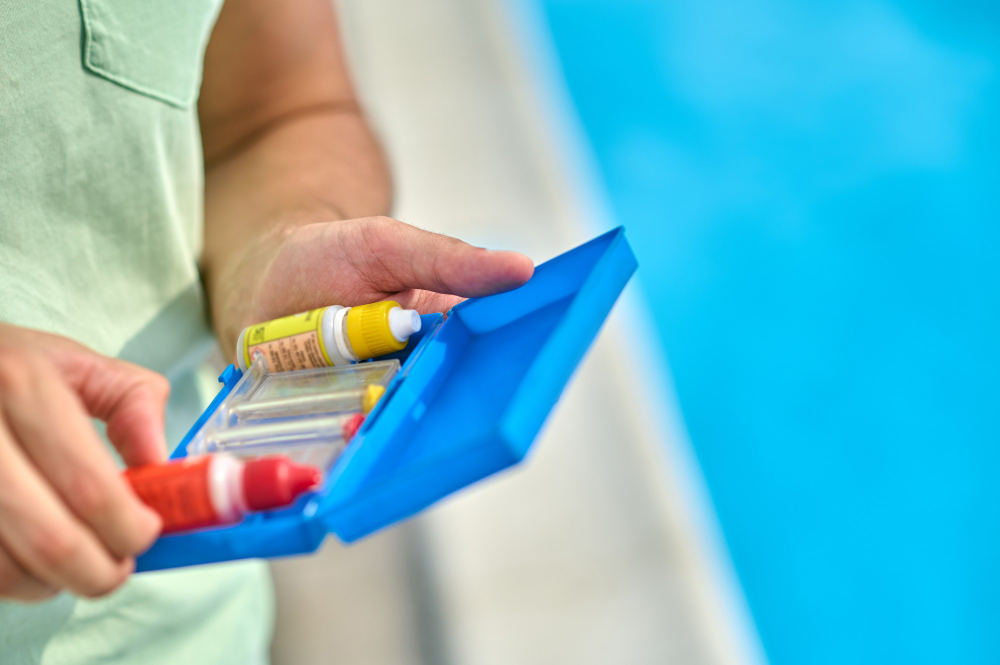
Mix the granular pool shock in a bucket of water. This step stops the chemicals from sinking to the pool’s bottom, which can harm it. Spread it evenly over the pool’s surface when it’s all mixed up.
Wait for FAC Level to Drop
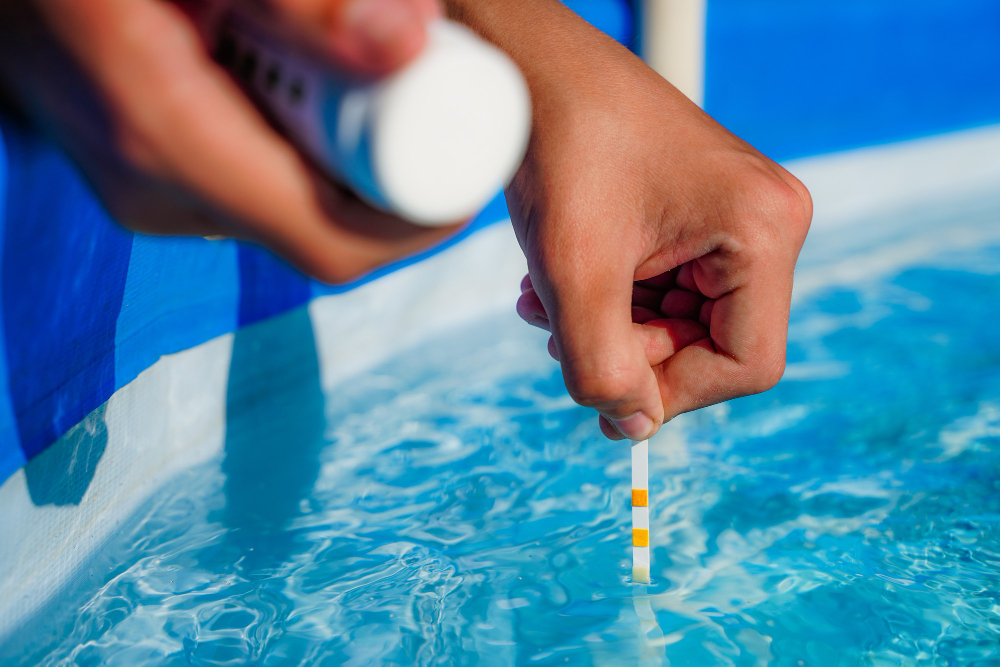
Monitoring the free chlorine level, or Free Available Chlorine (FAC), is a key component of water sanitation. After shocking your pool, it’s important to wait for the free chlorine level to drop to a safe range, usually five parts per million (ppm) or less. Testing kits can be used to keep track of this number.
Enjoy Clean, Safe Water
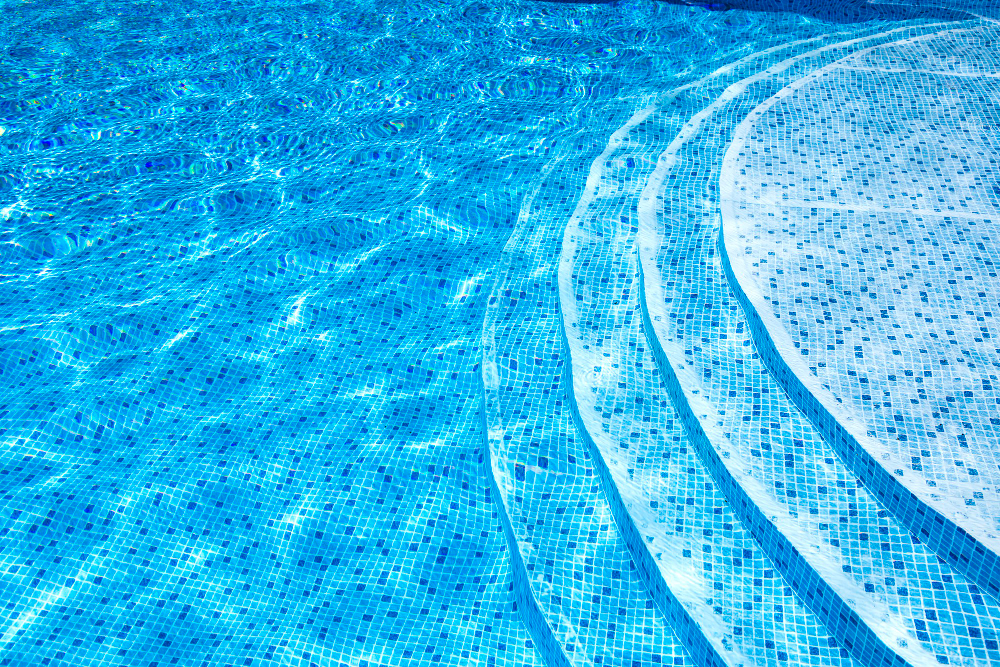
Once the FAC level has dropped to a safe range, your pool is ready for swimming. Enjoy the crystal-clear, safe water with peace of mind, knowing that harmful contaminants have been eliminated.
Frequently Asked Questions
What Are the Different Types of Pool Shocks?
There are primarily three main types of pool shock treatments: calcium hypochlorite, sodium dichlor, and non-chlorine shock. Each is meant for a different purpose and has pros and cons.
When deciding what is best for your pool, talking to a pool specialist or reading the product’s label is recommended. Additionally, cyanuric acid may also be used as part of your shock treatment plan.
When to Shock a Pool?
Pool shocking is necessary under certain circumstances, such as:
- Opening Your Pool: Shock your pool when opening it for the season to ensure it’s clean and safe.
- After Heavy Usage: If your pool experiences heavy usage, like a pool party, it’s a good practice to shock it afterward.
- Algae Growth: If you notice algae growth or cloudy water, shock your pool to eliminate the problem.
Can you over shock a pool?
Yes, it is feasible to put too much shock in a pool. When too much shock is used, it can cause an imbalance in the pool’s chemical makeup, which includes combined chlorine, and may damage the pool components and cause discomfort for swimmers, such as skin and eye irritation.
Conclusion
Keeping your in-ground or inflatable pool clean and safe is a top priority for any pool owner. With the knowledge gained from this ultimate guide on how to shock a pool safely and effectively, you’re well-equipped to maintain a sparkling oasis all season long.
Remember to test your pool water, circulate it, add the right pool shock, and enjoy crystal-clear, safe water. Ensure your inflatable pool remains a source of enjoyment and relaxation by incorporating these shocking pool techniques into your regular maintenance routine.
Happy swimming!

